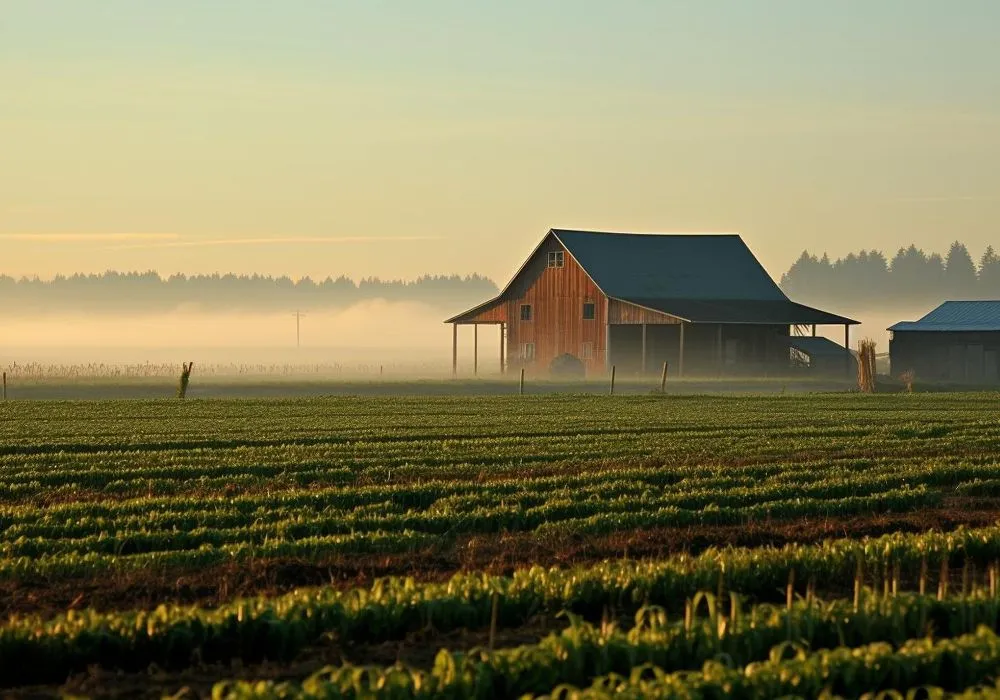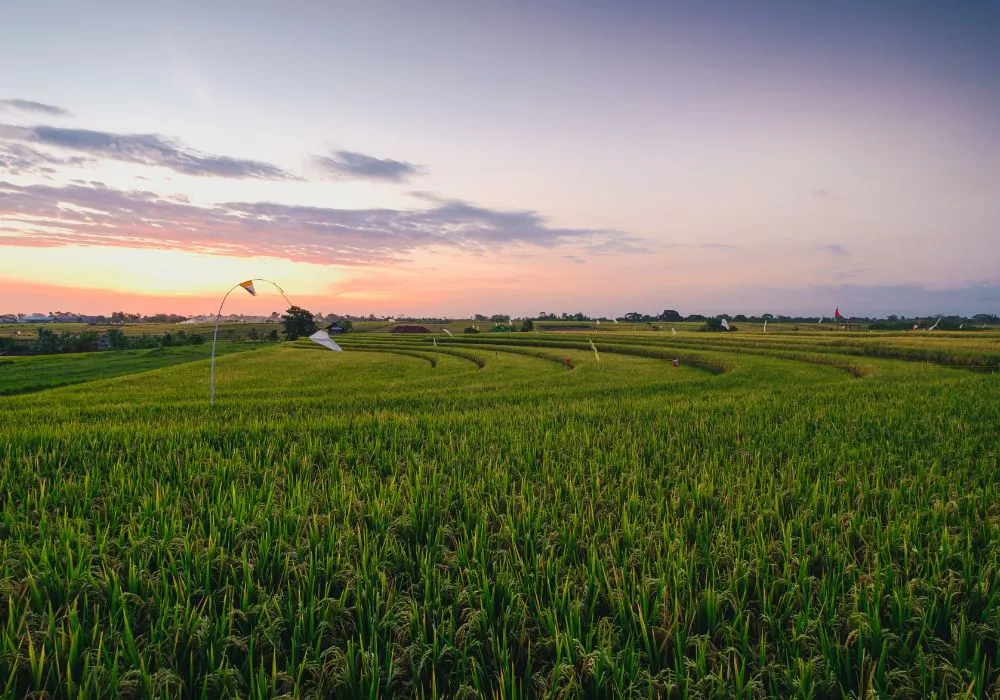Investing in farmland is a great way to add a stable and real asset to your portfolio. But if you are new to it, knowing where to start can be tough. This guide on Farmland Investing for Beginners: 10 Strategies for Success will give you a clear plan.
We will break down the important steps for you. You will learn everything from understanding the market to making your first purchase, a key part of any successful farm acquisition.

Foundational Steps for New Farmland Investors
Before you start looking at properties, it is very important to build a strong foundation. Here is where you should start:
Define Your Investment Goals: First, determine what you want to achieve. Are you looking for the land's value to grow over time? Or do you want a steady income from renting it out? Your goals will guide every choice you make.
Understand the Market and Location: Research different areas to learn about the soil, climate, and access to water. A smart agricultural real estate investment in a good location can be profitable.

Smart Ways to Invest in Farmland
You can buy the land on your own or invest with other people. Understanding these options is a key part of Farmland Investing for Beginners: 10 Strategies for Success. Here are some popular methods:
Direct Land Purchase: This method gives you full control, but it also costs the most money and requires more work.
Real Estate Investment Trusts (REITs): Farmland REITs let you buy shares in a big company that owns and manages many farms. It lets you spread your investment across many properties with less money.
Crowdfunding Platforms: These are websites that gather money from many investors to buy a single farm. It is a modern way to own a small piece of a specific farm. You do not need to buy the whole property yourself.
The Research and Purchase Process
Once you find a property you like, the real work starts. Here are the steps to follow:
Conduct Thorough Property Research: You need to look into every detail of the property. This includes checking soil reports, water rights, and any existing rental agreements. A very important step is determining the land's value to make sure you are paying a fair price.
Secure Your Financing: If you are not paying with cash, you will need to get a loan. It is a good idea to talk to lenders who specialize in farm properties. They understand these types of deals better than regular banks.
Navigate the Purchase: Professionals like the team at Darren Sander Realty can guide you through making offers, doing inspections, and closing the deal smoothly.

Long-Term Success and Risk Management
Your job is not finished after you buy the land. Good farmland investing requires you to manage it well. You also need to understand the possible challenges.
Keep these two things in mind:
Develop a Management Plan: You need to decide how the farm will be managed. Will you rent it out to a local farmer? Or will you hire a professional manager to run it for you? Having a clear plan is key to making money. It is also important to understand the financial details, like navigating taxes on purchases.
Understand the Risks: Like any investment, there are risks of farmland investing. These can include bad weather, changing crop prices, or new government rules. Having a mix of different investments can help lower these risks over time.
Conclusion
Farmland can be a very stable and rewarding part of your investment plan. This guide to Farmland Investing for Beginners: 10 Strategies for Success gives you the foundation you need. With good planning and expert help, you can make a successful investment in one of the world's most important assets.

